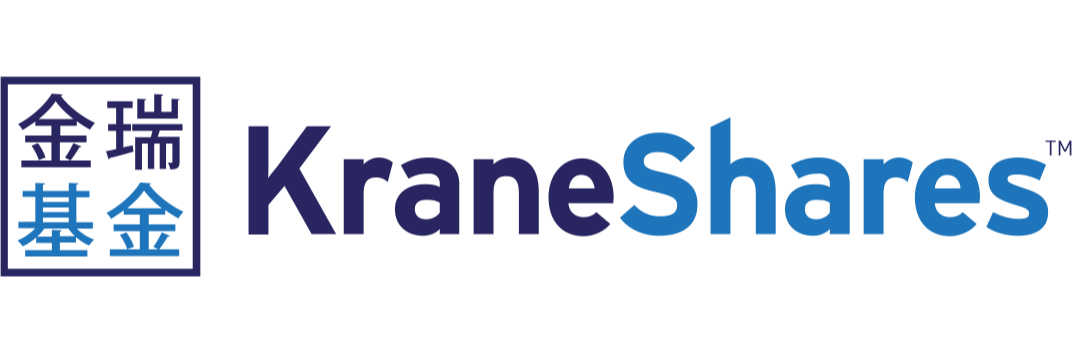UK assets, EU carbon credits and Chinese tech were among the worst-performing ETPs in Q3 as policymakers grappled an energy crisis, low productivity and geopolitical tensions.
In a rare turn of events, a bond product booked the most extreme downturn during the period, with the $61m SPDR Bloomberg 15+ Year Gilt UCITS ETF (GLTL) returning -33.2% as Chancellor Kwasi Kwarteng’s ‘mini budget’ sparked the largest one-day spike in UK gilt yields in decades.
As yields shot up and asset prices collapsed, liability-driven investment (LDI) final-salary pension schemes that hedged their ability to make future payments were forced to quickly offload their longer-dated UK gilts to pay creditors.
Had the Bank of England not implemented its emergency round of quantitative easing, 90% of UK pension funds would have run out of collateral and been “wiped out”, according to Kerrin Rosenberg, CEO of Cardano Investment, which runs LDI strategies for around 30 UK pension funds.
Kwarteng’s ‘fiscal event’ followed the announcement of a UK energy price cap and was designed to stimulate UK growth via unfunded tax cuts. Instead, it wrought havoc across UK assets, from currency to property.
Another ETF casualty was the $350m iShares UK Property UCITS ETF (IUKP), which collapsed 26.4% in Q3 – and is now down 31.7% since inception in 2007.
A £500m property deal collapsed the day after the Chancellor’s announcement and UK banks temporarily suspended signing new mortgage agreements. Going forward, UK property will be hampered by spiking mortgage rates as the Bank of England hikes rates more aggressively to tackle stubborn inflation and fiscal irresponsibility.
Elsewhere, the SparkChange Physical Carbon EUA ETC (CO2) returned -29.2% as “regulatory noise” brought the price of EU carbon credits down after hitting an all-time-high in August, according to Jan Ahrens, head of research at SparkChange.
Ahrens added a congruence of supply and demand tailwinds also worked against the price of carbon during the quarter.
On one side, energy usage fell alongside lower industrial output and warnings by EU leaders that countries could face blackouts over the winter. On the other, the European Commission said it was considering issuing additional carbon credits to help finance its €210bn REPowerEU policy, which aims to end the bloc’s reliance on Russian fossil fuel.
Also worth noting is CO2 underperformed the rival $244m WisdomTree Carbon ETC (CARB) given its physical exposure to EU carbon allowances (EUA), whereas CARB relies on futures which tend to outperform physical exposure during down markets.
Finally, ETFs weighted to Chinese tech companies went into freefall as tensions with the US and the country’s COVID-19-Zero policy continue to hamper foreign investor appetite for tech players with listings in Hong Kong and via American Depositary Receipts (ADR).
The HSBC Hang Seng TECH UCITS ETF (HSTE), UBS ETF Solactive China Technology UCITS ETF (UCI2), Xtrackers Harvest MSCI China Tech 100 UCITS ETF (XCTE), Invesco MSCI China Technology All Shares Stock Connect UCITS ETF (MCTS) and KraneShares CSI China Internet UCITS ETF (KWEB) all fell between 24% and 29% in Q3.
The Hang Seng China Enterprises index was the worst-performing major equity benchmark in September, led by tech and property names, after Tencent reported its first revenue decline since 2014 and Alibaba announced its Southeast Asia arm Lazada is preparing to expand into Europe to search for opportunities overseas.
Chinese tech was also hit by rumours that the US Commerce Department is planning to restrict more US chip makers from exporting their semiconductors to China, according to Reuters.
Many investors will now hope China’s next twice-a-decade Communist Party Congress, held later this month, will be the catalyst for a market recovery.








